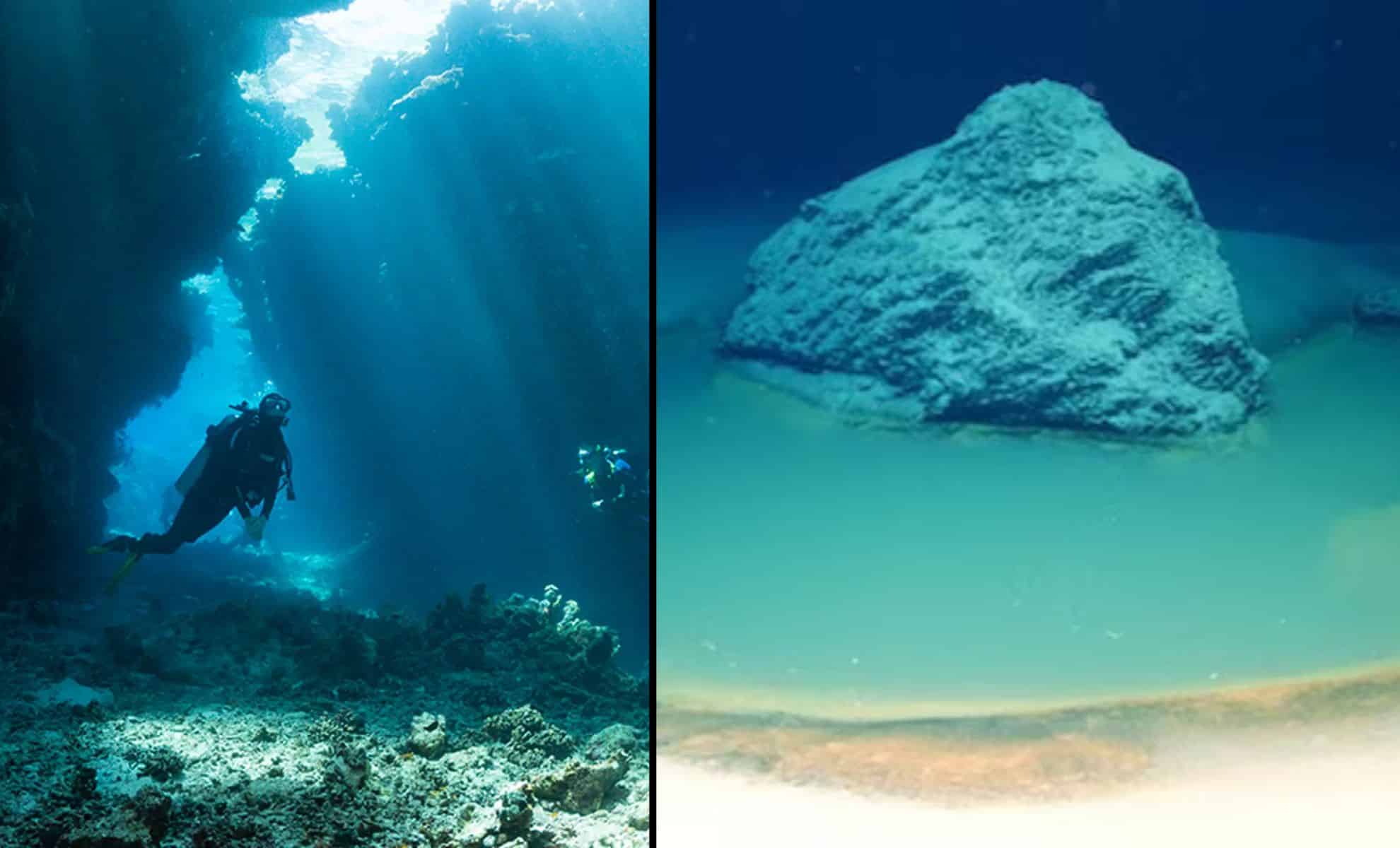
Researchers delving into the mysteries of the Red Sea have stumbled upon a startling discovery—vast brine pools that act as lethal underwater zones. These hazardous areas, located thousands of feet below the surface, feature such elevated salt levels and severely reduced oxygen concentrations that any marine life that inadvertently enters is immediately paralyzed or perishes.
Although these so-called “death pools” may seem devoid of life, scientists propose that they could offer vital clues regarding the origins of life on Earth and may even yield insights into the possibility of extraterrestrial ecosystems. Research published in Nature Communications suggests that these distinctive environments represent some of the planet’s most extreme habitats, potentially mirroring conditions found on distant “oceanic worlds” beyond our solar system.
An Expedition into the Depths of the Red Sea
The remarkable findings, detailed in a study published in Nature Communications, were led by Professor Sam Purkis, head of the Department of Marine Geosciences at the University of Miami. Utilizing remotely operated submarines and deep-water probes, the research team ventured into the deep trenches of the Red Sea, situated between Africa and the Arabian Peninsula. Their objective was to chart previously unexplored sea floor segments and study unique geological formations.
Instead, they uncovered a series of brine pools—deep reservoirs of hyper-saline water that lie at the ocean’s depths, creating some of the Earth’s most hostile habitats. Unlike typical seawater, these pools are so concentrated and oxygen-depleted that most marine species are unable to survive within them.
Purkis referred to these pools as natural death traps, elucidating that fish or other marine creatures that accidentally venture into these brine environments are swiftly incapacitated or killed. Alarmingly, larger predators have adapted to remain near the peripheries of these pools, ready to seize vulnerable prey as they succumb to the brine’s deadly properties.
These pools have piqued the interest of oceanographers for years, with similar phenomena spotted in the Mediterranean, the Gulf of Mexico, and the Antarctic Ocean. What differentiates the brine pools in the Red Sea is their profound depth, seclusion, and pristine state, rendering them invaluable for scientific inquiry.


Revealing Earth’s History: Can These Pools Unveil the Origins of Life?
While these extreme underwater realms may appear unwelcoming, they provide a unique perspective into the early history of our planet. Scientists posit that life on Earth may have first arisen in deep-sea environments akin to these brine pools.
“Our existing theory is that life began in the deep sea, almost certainly in anoxic—oxygen-free—conditions,” Purkis stated. He elaborated that examining these pools can yield valuable knowledge about ancient microbial ecosystems that thrived in the oceans of billions of years ago.
Moreover, the distinctive sediment layers at the base of these pools could act as an unblemished record of Earth’s environmental chronicles. Typically, marine organisms disturb the ocean floor, mixing sediments. However, the scarcity of life in the brine pools keeps their sediment layers remarkably intact, preserving a pristine archive of historical climate fluctuations and geological transformations.
“Ordinarily, marine animals play a role in bioturbation, stirring and disrupting the seabed, displacing sediments that accumulate there,” Purkis observed. “In contrast, within the brine pools, sedimentary layers that settle remain exquisitely preserved.”
This pristine state could empower scientists to analyze ancient marine conditions with unprecedented precision, enhancing our understanding of climate dynamics and the evolution of Earth’s ecosystems over extensive timescales.
Potential Insights for Alien Life: A Framework for Understanding Extraterrestrial Oceans?
In addition to shedding light on Earth’s ancient past, these treacherous pools may assist in the quest for life beyond our planet. Researchers speculate that similar brine-rich ecosystems could exist beneath the icy crusts of moons like Europa and Enceladus, as well as on exoplanets residing in distant star systems.
Given the hypothesis that life on Earth might have originated in settings comparable to the brine pools of the Red Sea, there is hope that microbial entities could inhabit similar anaerobic environments elsewhere in the cosmos.
“Studying these ecosystems provides insight into the conditions under which life initially emerged on our planet, potentially guiding future explorations for life on other ‘oceanic worlds’ across our solar system and beyond,” Purkis remarked.
The Red Sea’s Concealed Threat: A Natural Hunting Ground for Deep-sea Predators
Despite their immense scientific significance, these brine pools remain some of the ocean’s most perilous locales. Any unfortunate fish or squid that wanders into the depths is quickly incapacitated, making them easy targets for larger predators nearby.
These pools act as natural feeding grounds for deep-sea hunters that have adapted to linger patiently at the fringes, seizing the opportunity presented by incapacitated organisms drifting their way. This unusual predator-prey relationship emphasizes just how alien and unforgiving these deep-sea ecosystems can be.
As the exploration of the Red Sea’s brine pools continues, researchers may unveil further secrets about the origins of life, Earth’s timeline, and even the potential for life in extraterrestrial realms.
Whether viewed as a scientific marvel or a stark reminder of nature’s extremes, these pools stand out as one of the most captivating discoveries of the deep ocean—demonstrating that even in the planet’s darkest and deadliest spaces, nature still harbors profound mysteries waiting to be uncovered.









